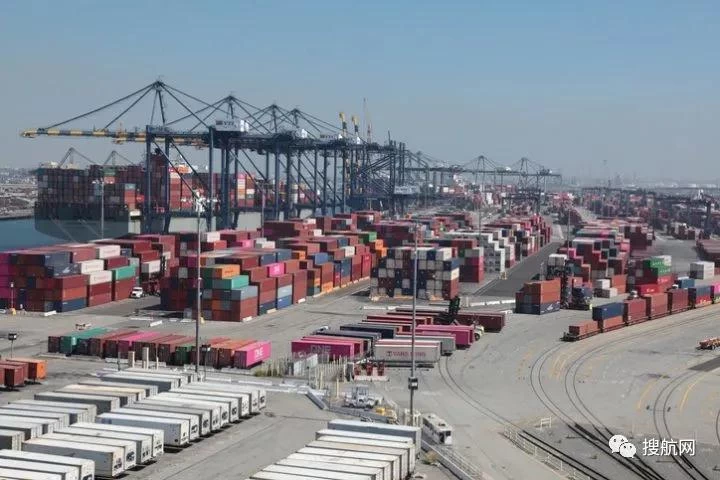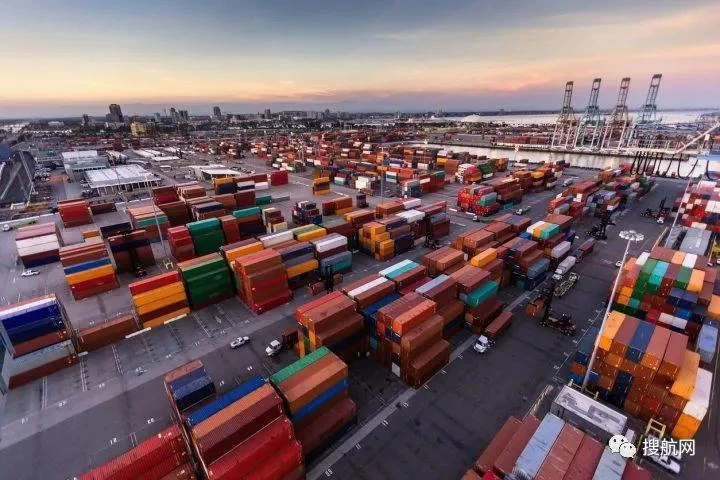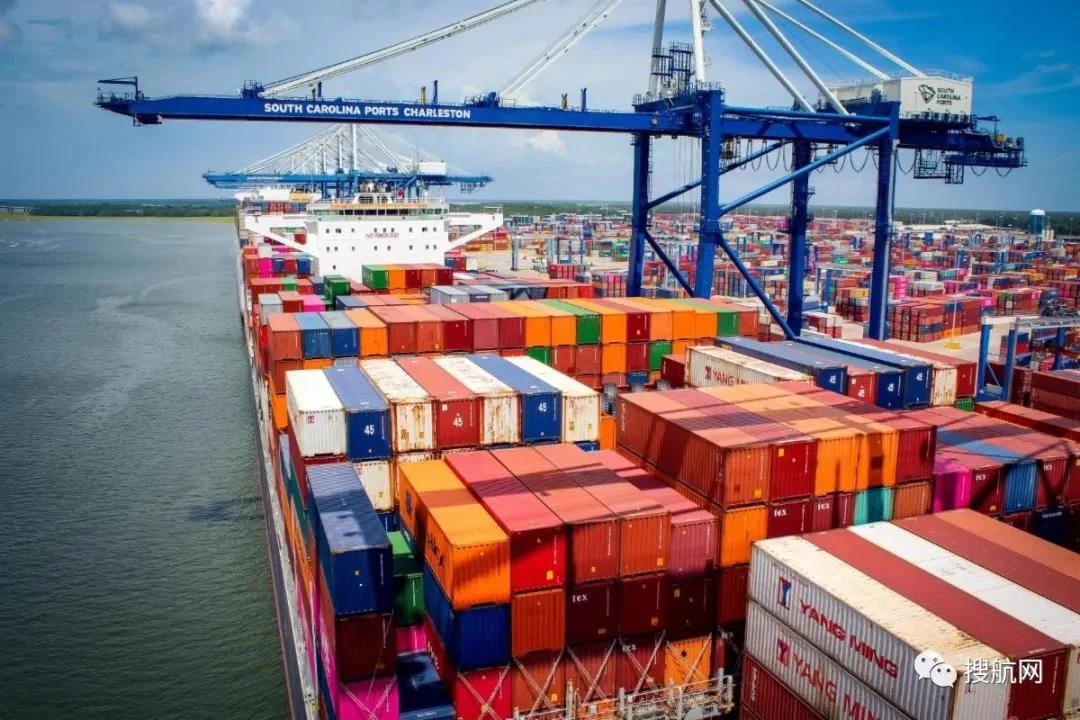The cargo volume of many important ports in the United States continues to grow by double digits, and the congestion in the US West port will get worse before it improves.
Jim
Sunny Worldwide Logistics
2021-06-30 19:09:41
In May, the Port of Los Angeles set a historical record of single-month container throughput, handling more than 1 million TEUs, a year-on-year increase for the 10th consecutive month, an increase of 74% compared to the same period last year. This is the busiest month in the port's 114-year history, and it is also the first time that a port in the Western Hemisphere has handled more than 1 million TEUs per month. In the East of the United States, New York-New Jersey Port cargo volume continued to maintain double-digit growth. In May 2021, the cargo handling volume of the New York-New Jersey port increased by 23.8% to 796693 TEU. The Port Authority said in a statement that this is the 10th consecutive month of growth in the port's throughput. The Port of Oakland reported that from January to May, the port handled 1.08 million containers, a record high. The container throughput in 2021 may exceed 2.6 million TEUs for the first time. The Port of Jacksonville, Florida (JAXPORT) set a new monthly record of container throughput in May, reaching 128,900 TEU, an increase of 37% over the same period last year, exceeding the monthly container throughput record of 123,700 TEU set by the port in October 2019.
These figures highlight the pressure on US ports, the volume of TEU is increasing, and the volume of container imports remains high. According to estimates by the American Retailers Association, U.S. port container imports in a single month from May to September will maintain a level of more than 2 million TEU, which will continue to rise from previous forecasts, mainly due to the gradual recovery of economic activities, but the inventory of U.S. retailers will remain at nearly 30 The year's low and the strong demand for restocking will further boost the demand for cargo. Jonathan Gold, vice president of supply chain and customs policy for the American Retailers Association, believes that retailers are entering the peak season for shipping holiday merchandise, which begins in August. In addition, U.S. Customs data also shows that U.S. imports have maintained this growth trend and continue to the present.

In the past few months, congestion in major ports on the west coast of the United States has eased and ship turnaround times have improved, but importers and logistics companies will face more troubles in the coming months. Seko Logistics executives said that the surge in cargo volumes has put new pressure on rail and truck transportation networks in the ports of Los Angeles and Long Beach and other areas. According to data from Panjiva, a supply chain consulting agency, the total volume of container shipments to the United States increased by 47.1% year-on-year, which was 18.3% higher than the data in May 2019. Imports from China increased by 51.1% year-on-year, while imports from other parts of Asia increased by 44.5%. There is a steady stream of imported goods, and although the turnaround time for the Los Angeles/Long Beach terminals and trucks has improved from January, this respite may be short-lived. The Port of Los Angeles announced two weeks ago that it has received notice from the Chinese shipping companies BAL Container Line and China United Container Line that they intend to provide services to the port this summer; and HMM has stated that it plans to increase its temporary trans-Pacific voyages. Craig Grossgart, Seko's senior vice president of global shipping, predicts that a large amount of cargo will flock to the west coast in the next few months. He pointed out that due to the lockdown last year, as students return to school and adults return to work, there will be strong demand for various demands, which will lead to further congestion.

As container shipping companies have consolidated their demand in American ports and have put more containers into major ports, the volume of container cargo pouring into major ports will increase further. Coupled with the full resumption of operations at Yantian Port, the cargo accumulated in the port and nearby warehouses was released. The freight volume is expected to soar further. The person in charge of the Port of Los Angeles/Long Beach emphasized that the congestion that plagues them does not reflect their capabilities. Los Angeles executive director Gene Seroka pointed out that the volume of cargo handled by the port last year was not significantly higher than in 2019, and there was no serious congestion problem this year. The current congestion is due to the pressure of the entire ground network, which extends to the interior. The current situation is very unstable. He said: "In the next few months, this will create a chain of interruptions. From the IPI point of view, certain ramps will be closed, and certain ramps will suspend the entry of any more containers."

At present, not only the ports of Los Angeles and Long Beach are very congested; the ships waiting to be unloaded have stopped outside the port of Savannah, Georgia. In addition to the problem of port congestion, it has put tremendous pressure on truck transportation capacity or truck transportation demand. The current shortage of truck drivers and the shortage of equipment such as the chassis for transporting containers near the port are particularly serious. The congestion in the Auckland port is still very serious, and shipping companies have to wait 10-12 days to get a berth. As a result, major shipping companies cancelled routes from China to Auckland. Yixing Shipping changed its high-quality service route from North China to Los Angeles, pointed out that the company was unable to meet customer needs, and formulated a standard of 10-12 days of ship delay. Hapag-Lloyd announced that it will cancel its navigation in Auckland at least until mid-August, and will skip the Port of Auckland in the westbound segment of PS5 service and PS8 service from the 26th week. The CMA-CGM timetable shows that the navigation in Auckland will be cancelled in the next two months. Chicago Port: The number of stranded containers has been increasing. The customer cannot pick up the counter and transfer, but still has to pay a storage fee. In turn, carriers are also troubled by storage fees, and land-side rail transportation has been interrupted as the terminal suspends container transportation. Seko's Brian Baskin in Los Angeles said that he does not expect the situation to improve quickly. "The situation in the next few months is very serious. In the coming year, we will continue to see this situation repeat."
Previous : Sunny Worldwide Logistics Jim’s story of serving Filipino customers --Only on time, no lateness, one choice, lifetime benefits.




















